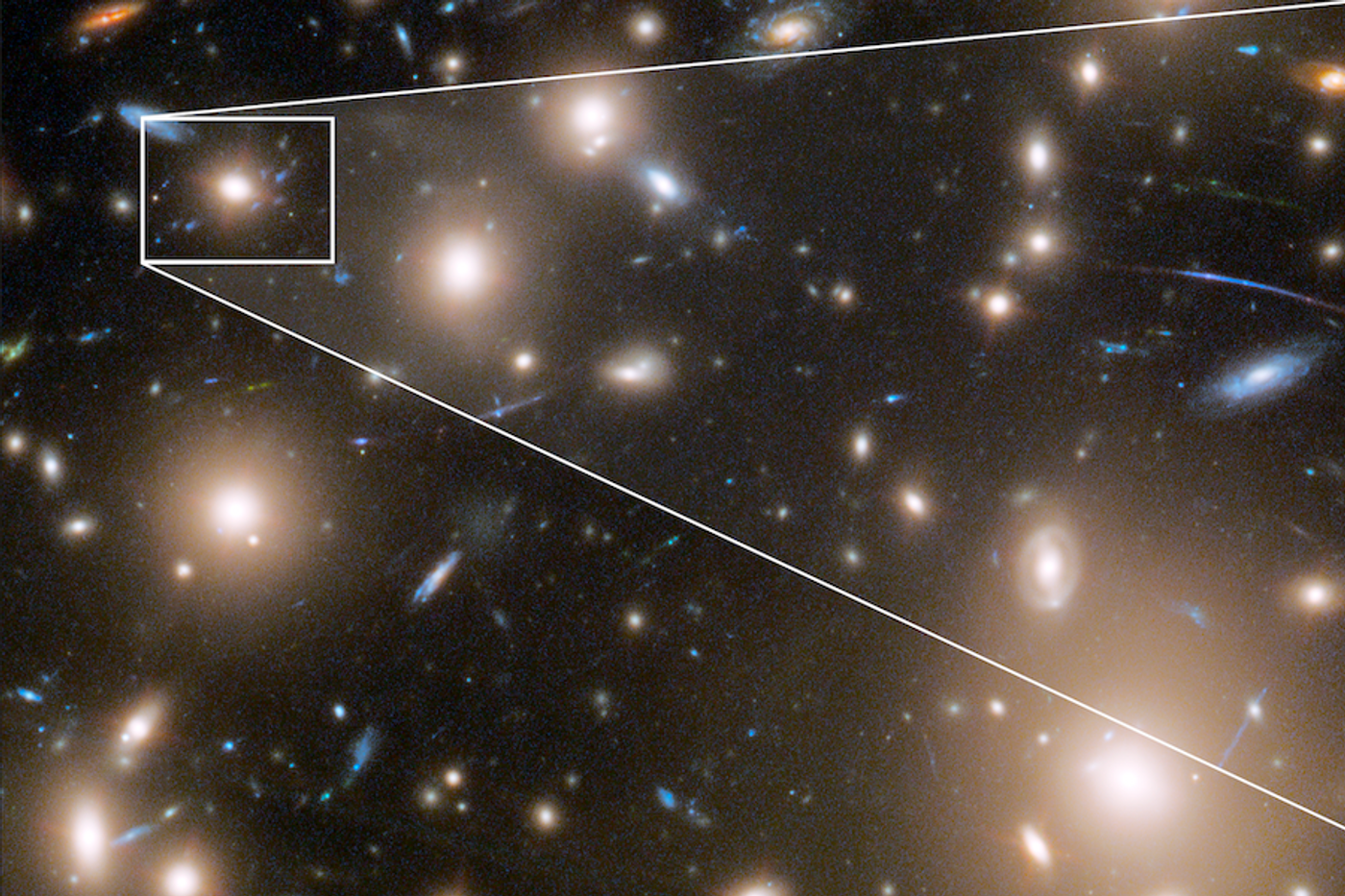Astronomers Measure Size of 11-Billion-Year-Old Star
In a recent study published in Nature, an international team of researchers led by the University of Minnesota successfully measured the size of an approximately 11-billion-year-old star, which means this star is one of the oldest in the Universe, and possibly one of the first that formed after the Big Bang. This study holds the potential to help us better understand both the formation and evolution of the early Universe.
"This is the first detailed look at a supernova at a much earlier epoch of the Universe's evolution," said Dr. Patrick Kelly, who is an associate professor in the University of Minnesota School of Physics and Astronomy, and a co-author on the study. "It's very exciting because we can learn in detail about an individual star when the Universe was less than a fifth of its current age and begin to understand if the stars that existed many billions of years ago are different from the ones nearby."
The star of the study is known as a red supergiant that is created from a supernova and is approximately 500 times bigger than our own sun. It was measured from Hubble Space Telescope data along with follow-up work involving spectroscopy with the University of Minnesota’s access to the Large Binocular Telescope. The researchers were able to use gravitational lensing to magnify the star’s emitted light.
"The gravitational lens acts as a natural magnifying glass and multiplies Hubble's power by a factor of eight," said Dr. Kelly. "Here, we see three images. Even though they can be seen at the same time, they show the supernova as it was at different ages separated by several days. We see the supernova rapidly cooling, which allows us to basically reconstruct what happened and study how the supernova cooled in its first few days with just one set of images. It enables us to see a rerun of a supernova."
Ultimately, the researchers discovered that more supernovae might exist than previously hypothesized, which comes after comparing the current study to a 2014 supernova discovery by Dr. Kelly.
"Core-collapse supernovae mark the deaths of massive, short-lived stars. The number of core-collapse supernovae we detect can be used to understand how many massive stars were formed in galaxies when the Universe was much younger," said Dr. Wenlei Chen, who is a postdoctoral researcher in the University of Minnesota School of Physics and Astronomy, and lead author of the study.
Sources: Nature, National Schools’ Observatory, Large Binocular Telescope Observatory, EarthSky
As always, keep doing science & keep looking up!









